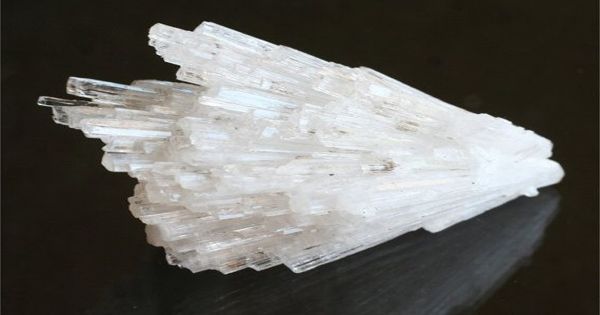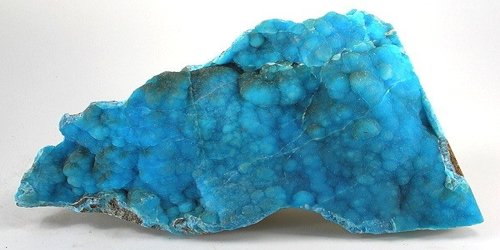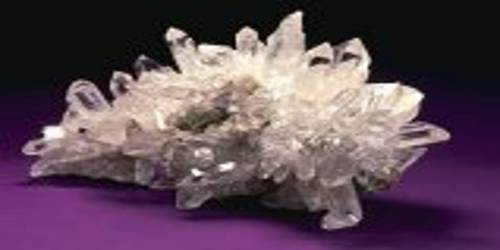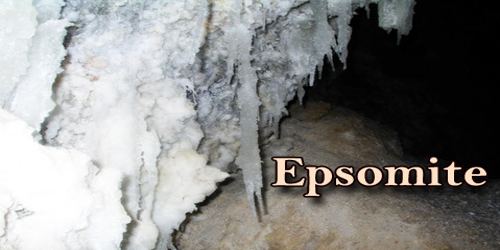Citrine is a variety of quartz whose color ranges from a pale yellow to brown due to ferric impurities. It is a glassy yellow variety of quartz. It was named from the French word for lemon, “citron,” as many Citrines produce a juicy lemon color, though they may also be found in a range of pale yellow, to a golden brown, and even a lovely burnt amber.
Citrine was first appreciated as a golden-yellow gemstone in Greece between 300 and 150 BC, during the Hellenistic Age. It has been called the “stone of the mind”. Ancient cultures believed that placing a citrine on the forehead of an elder would increase his psychic power. This coloration variation is due to the presence of iron.
General information
- Formula: SiO2
- Color: Yellow – Orange
- Luster: Vitreous
- Crystal System: Trigonal
- Name: From citrina (color as yellow as citron).
- A variety of Quartz
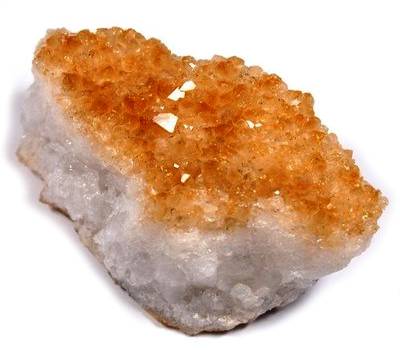
Properties
Natural citrines are rare; most commercial citrines are heat-treated amethysts or smoky quartzes. However, a heat-treated amethyst will have small lines in the crystal, as opposed to a natural citrine’s cloudy or smokey appearance. It is nearly impossible to differentiate between cut citrine and yellow topaz visually, but they differ in hardness.
- Lustre: Vitreous
- Hardness: 7 on Mohs scale
- Cleavage: none
- Crystal System: trigonal
Occurrence
Brazil is the leading producer of citrine, with much of its production coming from the state of Rio Grande, do Sul. The name is derived from the Latin word citrina which means “yellow” and is also the origin of the word “citron”. Sometimes citrine and amethyst can be found together in the same crystal, which is then referred to as ametrine.
Found naturally in Brazil, Africa, Madagascar, Spain, Russia, France, Scotland and USA, this gemstone has been an ornamental gem for civilizations as early as 300 B.C., and a favorite with jewelry makers since the ancient Greeks and Romans.
Information Source:

